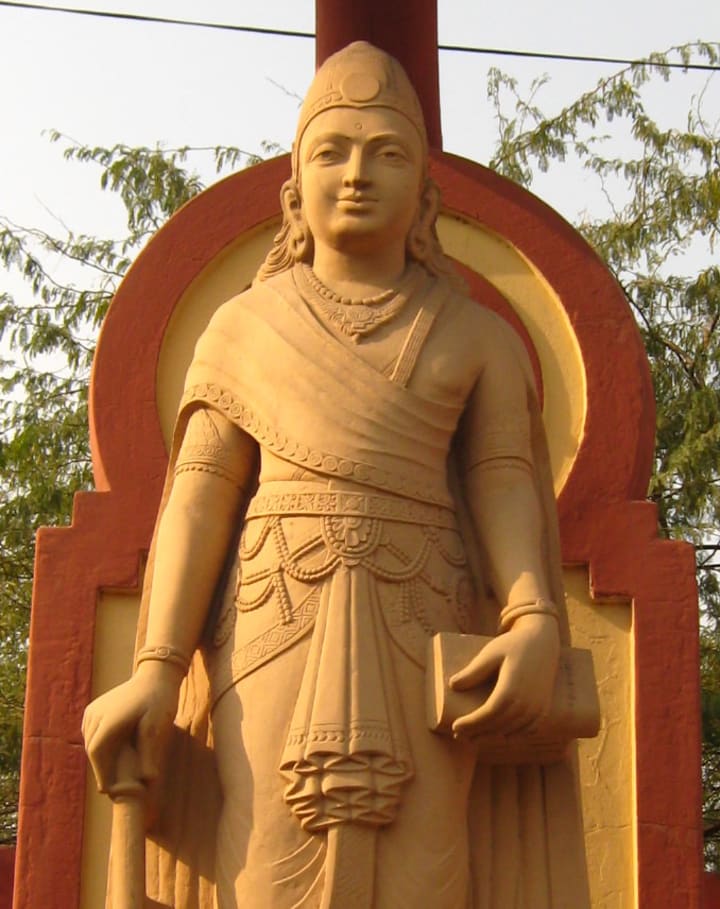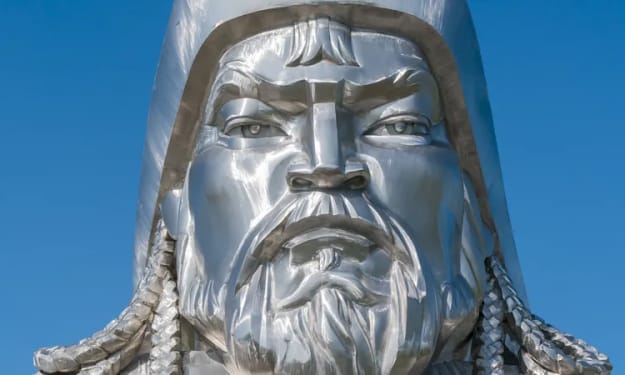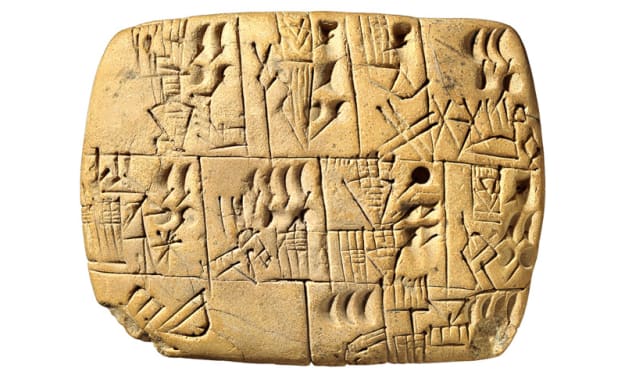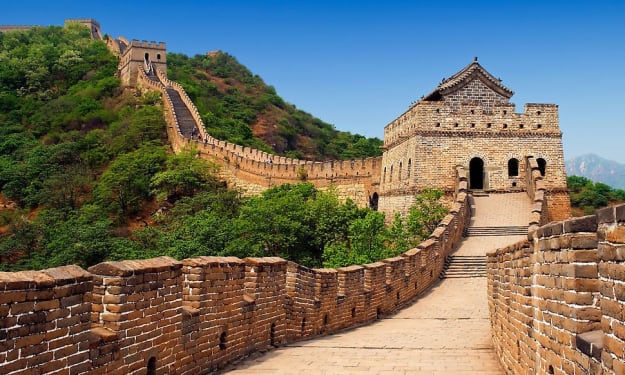The Reign of the emperor Ashoka
Structural pillars of the remorseful king


"Beloved of the Gods, King (Ashok), conquered the Kalingas eight years after his coronation. 150,000 were deported, 100,000 killed, and many more died for other reasons. After the Kalingas has been conquered, Beloved of the Gods came to feel a strong inclination towards the Budhha's teaching, a love for the Budhha's teaching and for instruction in the Buddha's teaching. Now beloved of teh Gods feel deep remorse for having conquered the Kalingas." From the edicts of the emperor Ashoka (304-232 BC)
Ashoka, the third emperor of the Maurya Empire, is a unique historical figure who is both revered as a brutal conqueror and a pacifistic Buddhist saint. Despite his dual reputation, Ashoka did not attempt to embody both roles simultaneously. Upon ascending to power in 268 B.C.E., the Mauryas already held dominion over most of India and a significant portion of present-day Afghanistan. However, Ashoka faced a challenge from Kalinga, a resilient nation on the eastern coast of the Indian peninsula, which he prioritized conquering. Despite achieving his goal at a great cost in human lives, Ashoka was deeply remorseful. Like many others in history who experienced profound regret, Ashoka turned to religion. Embracing Buddhism, a pacifist, vegetarian, and antimaterialist faith, raised complex questions for Ashoka to grapple with. How does a Buddhist ruler govern? How can one renounce material wealth while overseeing a vast empire spanning two million square miles? How does one reject violence when commanding one of the largest armies known at that time? Ashoka's responses to these dilemmas would have a lasting impact on the world.
All Apologies
Buddhism played a significant role in reshaping many major Asian powers, with India being the first, as it was the homeland of the Buddha himself. When Ashoka came into power, Buddhism was still a young religion and had not yet spread to China, where Zen and Tibetan Buddhism originated. Additionally, Mahayana and Theravada Buddhism, the traditions that later became popular in India, had not been established. During this period, Buddhism was a relatively small movement and was essentially pre-denominational. Ashoka's decision to adopt Buddhism was seen as eccentric, similar to Pharaoh Akhenaten's choice to diminish polytheism in ancient Egypt or the Roman emperor Constantine's conversion to Christianity. As the ruler of the dominant empire in the region, Ashoka had the unique opportunity to make religious innovations, contributing significantly to the spread of Buddhism and shaping the course of his reign. This decision marked a significant change in Ashoka's trajectory, as he not only expressed remorse for his own actions but also for those of his late father, Emperor Bindusara, who had expanded the Maurya Empire but failed to conquer the Kalingas. Ashoka's governance based on the belief that his and his father's accomplishments were wrong was unprecedented in the history of empires and would not be repeated.
The four Noble Truths
The primary principle of Buddhism revolves around the concept that life is filled with suffering. This idea is encapsulated in the initial of the Four Noble Truths, which also explain that suffering stems from desire, can be overcome by learning to release desire, and can be managed through adherence to the Eightfold Path, a set of guidelines that, when practiced diligently, will lead to the cessation of suffering.
When sorry isn't enough
Ashoka's approach to distributing monuments differed from many emperors who sought to enhance their image. Instead of glorifying himself, Ashoka had his apologies inscribed on fifty-foot sandstone pillars, which were dispersed across his empire (nineteen of them still exist today). However, Ashoka's intentions went beyond seeking forgiveness - the pillars also contained his commitments, on behalf of local rulers, to uphold fundamental human rights. This unique feature makes the Ashokan pillars some of the earliest known binding human rights declarations in the world. Subsequently, historians would inscribe accounts of significant events on these pillars, creating a lasting record of their era.
About the Creator
Enjoyed the story? Support the Creator.
Subscribe for free to receive all their stories in your feed. You could also pledge your support or give them a one-off tip, letting them know you appreciate their work.





Comments (1)
Wow beautifully done. I like the king Ashoka!!! I subscribed you to read your future writings and if you wish you can subscribe me as well!🥰🥰🥰